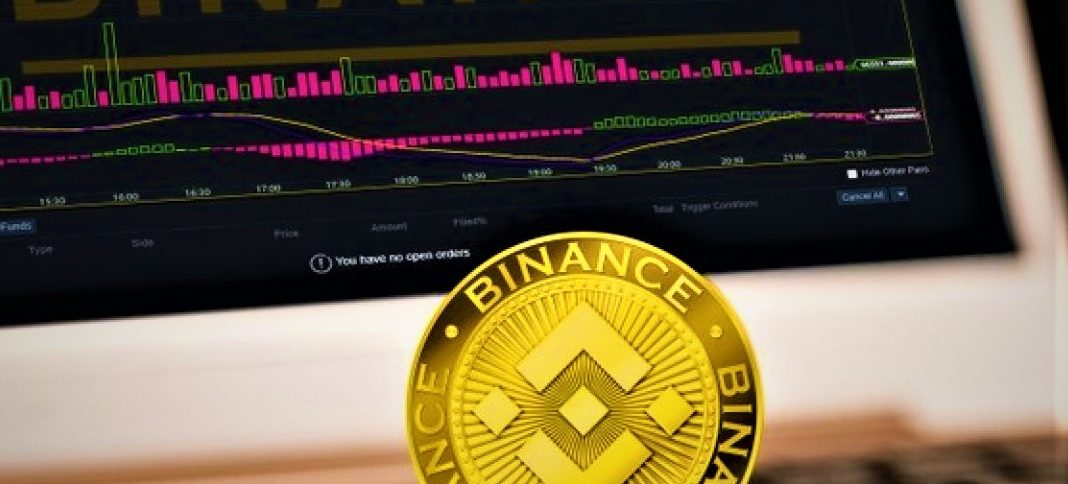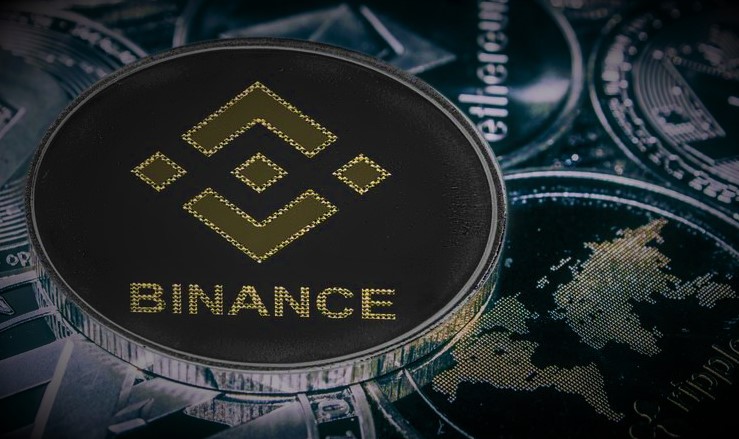
Binance Coin
Binance Coin is a cryptocurrency offered by Binance and traded with the token BNB. As of the second quarter of 2022, Binance Exchange is the largest cryptocurrency exchange in the world, with a volume of $7.6 billion. Binance Coin originally operated on the Ethereum blockchain and the ERC 20 standard, but has since become a coin of the Binance chain. It was made with an initial coin offering (ICO) in July 2017 and has a limit of 200 million BNB. He gave 10%, or 20 million, of BNB tokens to angel investors, 40%, or 80 million, tokens to a foundation, and the remaining 50%, or 100 million, to private investors. Various participants from the ICO process.
Almost half of the funds raised during the ICO process were used for the Binance token and marketing, while about a third were used to build the Binance platform and carry out improvements important from the Binance environment. BNB was originally based on the Ethereum network but is now Binance’s local currency of the blockchain, Binance Chain.
Brief History of Binance
The Beginning of Binance (2017-2018)
Binance Exchange was first launched in July 2017 following the initial coin offering (ICO) for Binance Coin (BNB). The word Binance comes from combining the words binary currency into one word, and binary refers to money that works through binary code, or cryptocurrency as it is now called. The change was made by current CEO Changpeng Zhao and CMO He Yi. “CZ”, as it is known now, is one of the faces of crypto and one of its biggest supporters.
Binance’s headquarters were originally located in China, but as China began to impose restrictions on crypto, the company moved to Japan, and then to Malta after the Japanese ban was implemented. Currently, the company is registered in the Cayman Islands.
Binance Coin started with a deflationary metric and added more. The first mechanism that makes BNB deflationary is the burning of the quarter that BNB performed through exchange. Binance burns the BNB it receives for trading fees and exchanges. The second deflationary phase is planned for 2021 and will be discussed in this section.
still. Growth, Hacking,
The Beginning of BUSD (2019)
It did not take long for Binance to become the largest exchange in the world by trading, reaching that level in 2018. After that, the company wanted to expand. One of the ways they did this was by launching Binance USD (BUSD), a USD-backed depository, in September 2019. Binance also moved Binance Coin (BNB) from Ethereum to the new Binance Chain. in 2019. Binance Coin (BNB) is designed as an ERC-20 (Ethereum) token. A US version of Binance (Binance.US) was also launched in 2019, another step for Binance’s growth as a company. BUSD was awarded to Paxos, a financial institution based in New York. Paxos provides monthly reports on BUSD support, as well as testimonials from third-party accounting firms. BUSD is one of the top ten assets by market cap, with over 18 billion BUSD in circulation. Following the collapse of the stablecoin UST in 2022, Paxos began to reveal support for BUSD, which consists of US currency or its equivalent. Binance also entered into a partnership with Simplex in 2019 which enabled the use of crypto debit and credit card purchases on the exchange.
At the beginning of the year, in May 2019, Binance experienced the first hack in its history, where 7,000 Bitcoin (BTC) were lost from the exchange. At that time, the value of BTC was more than US$ 40 million. Binance may reimburse all affected users in full through the Security Fund for Users (SAFU). SAFU is still available if the exchange is closed again.
Binance Channel Launch, Forbes Edition (2020)

Although Binance Chain was launched in 2019, it is only for governance, support and voting. In order to gain traction in the growing world of decentralized finance (DeFi), Binance has launched Binance Smart Chain (BSC), a blockchain compatible smart contract. This allowed Ethereum applications to migrate to BSC while running the Ethereum virtual machine. Basically, Binance has created an alternative to Ethereum but with faster transaction speeds and lower fees. Any application launched on Ethereum can be migrated to BSC if desired. This has helped boost the growth of Binance Exchange and BSC.
Binance Smart Chain was officially launched in September 2020, and BNB, with its new power, reached an all-time high in May 2021 after a month of price growth. Just one month after the launch of BSC, in October 2020, Forbes published a report based on leaked documents, alleging that Binance is deliberately creating a trading system to mislead US regulators.
BNB Channel Release, Exploit (2022)
In February 2022, Binance launched BNB Chain, the name they use for the integrated ecosystem of Binance Chain and Binance Smart Chain. BNB Chain now has two parts, BNB Beacon Chain (formerly Binance Chain), which is used for governance and voting, and BNB Smart Chain (formerly Binance Smart Chain), where applications and verification take place.
FTX Fallout, Binance Tries to Prevent FUD (2022-2023)
The failure of FTX Exchange has put crypto exchanges at the center of attention among regulators, lawmakers and traditional financial experts. Organizations have demanded that Binance, along with many other exchanges, provide proof of their security and audits of their money management systems. Despite some approval for all the requirements, Binance is still facing a sort of guilt-until-proven situation. Nothing less than a thorough investigation by a major company will cause fear, uncertainty, and doubt (FUD) around Binance.

